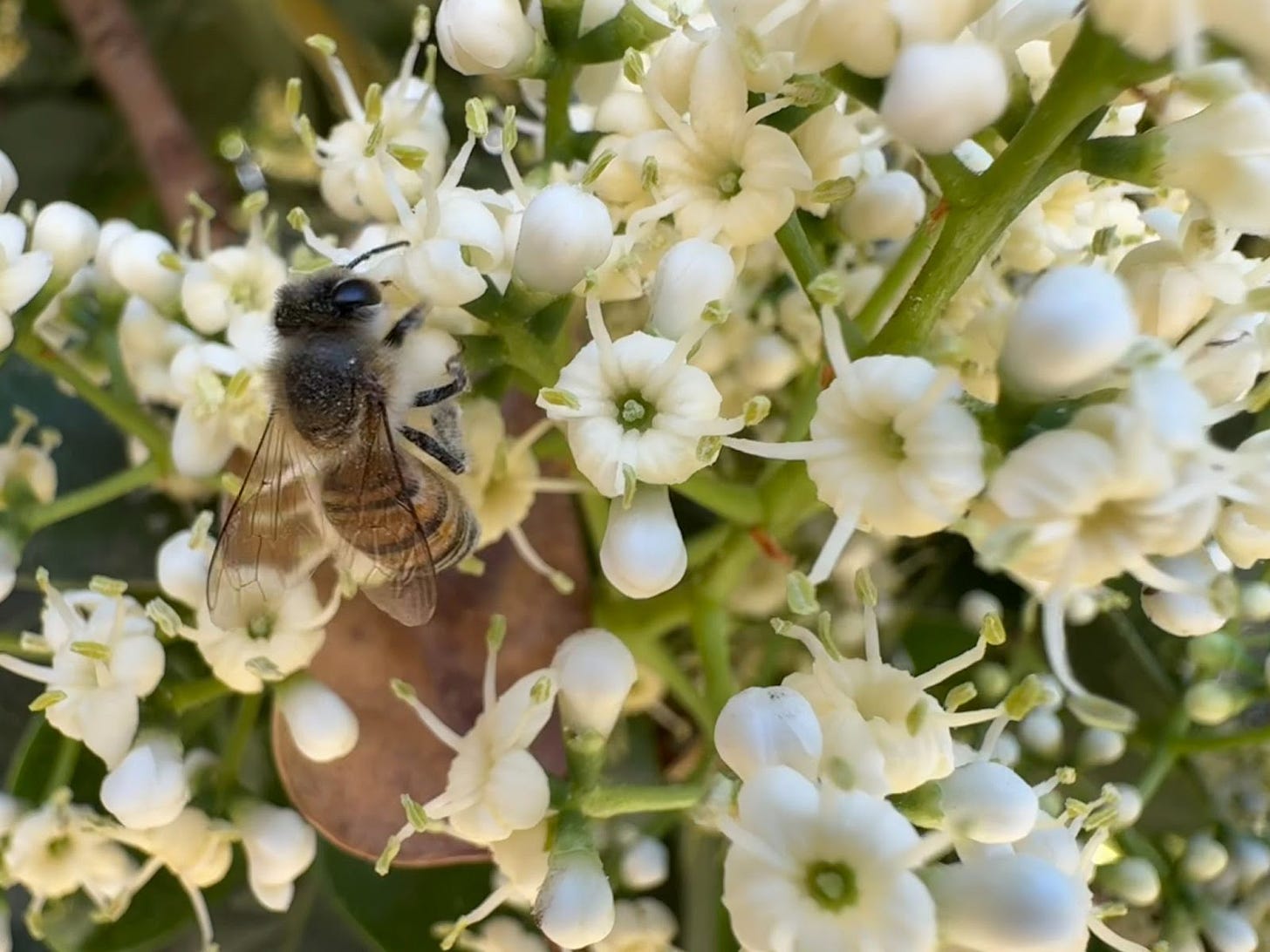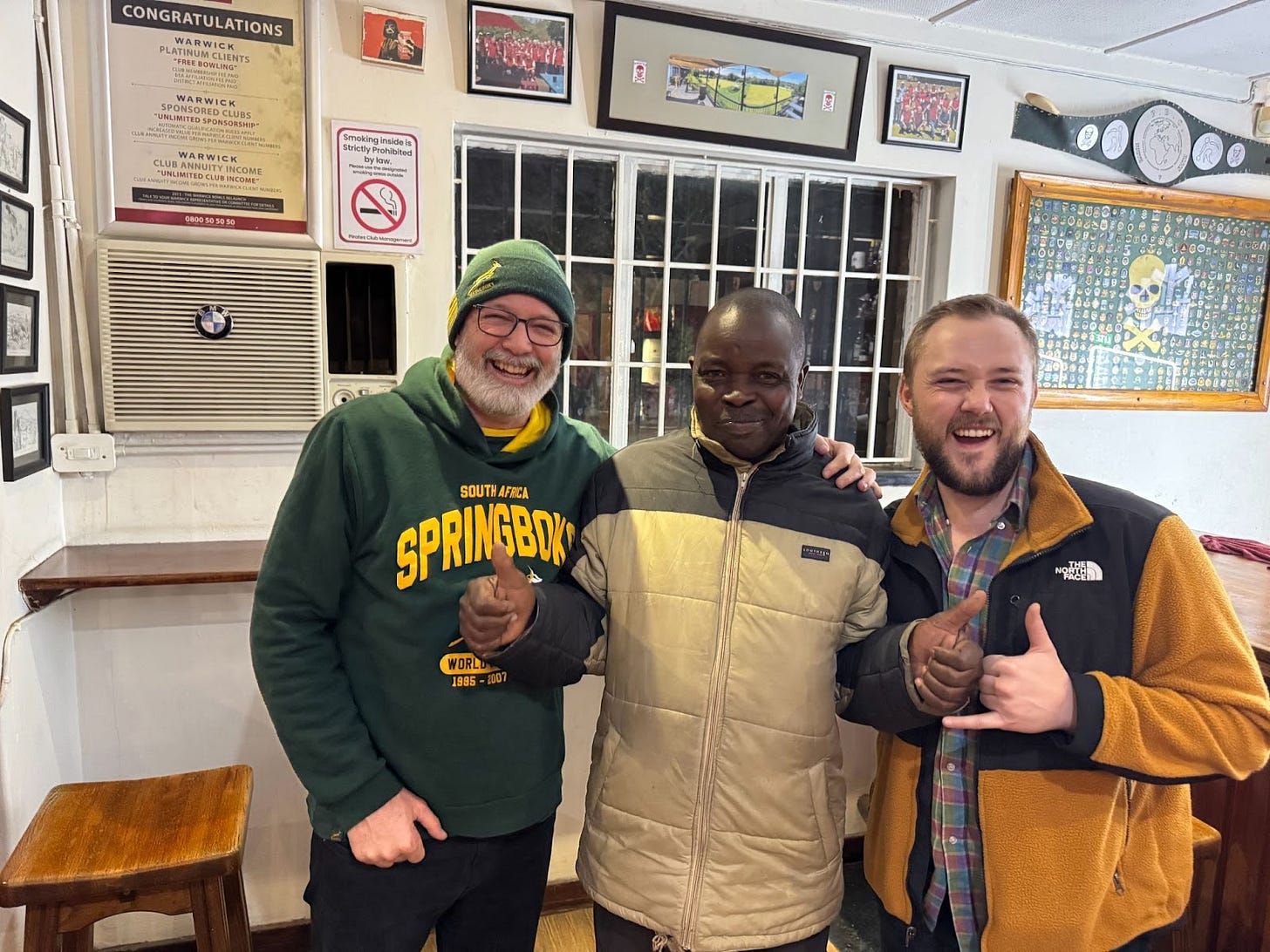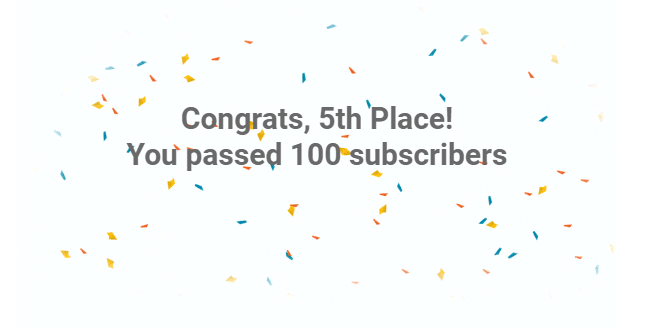Look inside
An unseasonal snowstorm and icy weather causes chaos. This is a time when it is vital to be able to kick out of the panic and into the planning.
Enabling The How #186. Reading time: 6 minutes & 30 seconds
We were just getting used to the warmer weather. We had tentatively eased into fewer layers and settled into the comfort of soft heat on our skin. Yes, it was dry and we needed rain but the joy of new outdoor colour and the breeze blowing jasmine and yesterday, today and tomorrow scents across the garden set us dreaming of morning swims and beach holidays.
The weather app did indicate that there would be a sudden downtip in the temperature but it was to be momentary and we’d be back on the spring track in no time.
And one never really knows with these apps, the more technology there is the less one can truly rely on it to be accurate. Or the weather is just becoming more unpredictable and, like an unruly adolescent, decides how it's going to show up and when. As if to say “You try to control me.”
On Saturday morning we woke to freezing, middle of winter, cold. Also wet with gusts of icy wind that significantly reduced the temperature even further.
“At least it’s started raining,” said Chantal, poking her head through the curtains.
Unseasonal snow storms
If we thought we were having it cold, south of us the N3, a major national highway, was brought to a shuddering stop with heavy snowfalls. People were left stranded in their motor vehicles, some for up to 27 hours, while unseasonal snow packed up around their cars.
Although there had been weather warnings, it was the start of a long weekend and the mountains and beach beckoned many for a break. Those that left late Friday afternoon were brought to an unceremonious halt by the snowstorms. Not only do we not get a lot of snow in this part of the world, and certainly not at this time of the year, we really don’t know how to deal with it when we do!
It was a frightening and worry-filled weekend for those who had family members caught in the drift. Social media was flooded with those calling for help, those asking for support and of course, those blaming the victims for being caught by their own recklessness. “They should have, could have, must have blah, blah, blah” spat out some trolls. It may have been true but this kind of response is largely un-resourceful when there is a crisis.

More credence to the external
The emergency services were slow to galvanise themselves into a co-ordinated rescue mission but many surrounding farmers, disaster management nonprofits such as the Gift of the Givers and caring citizens who could assist, climbed into their 4 x 4’s, off road bikes and tractors to help those in need. It was a slow process with little clear communication on what was going on which made it all the worse for those who had to spend the night in their cars.
This lack of certainty in a disaster zone makes for an extremely uncomfortable, panic filled, even terrifying, experience. As sensory beings our lives are built on external experiences. We calibrate based on what we see, hear, smell and feel on our skin. All of these influence and impact the emotions that are elicited as a result. These emotions either flood our system and overwhelm us or are batted away into a dark, closed off corner of our psyche as irritating, unnecessary elements of our make up.
We pay more credence to the external and allow it to guide our behaviour and approach. We have to be ready for what comes at us. To be ready to defend ourselves, hide or run like the wind. This is an extremely useful emergency response system aimed at keeping us alive. However, after its “let’s keep you alive” impetus, it needs to be shaken off and closed down so that we can reclaim our brain to make more considered choices and decisions.

Calm, quieten and breathe slower
This is where the ability to calm ourselves down, lower the volume on the panic button and breathe slower becomes necessary. Part of this process means disconnecting from what is happening outside of us, finding a way to quieten the external noise, and going inwards.
It sounds so easy but it is not. We are so flooded with external stimuli that tuning it all out is a real challenge. In fact it is a skill that most of us have not got to grips with let alone mastered.
This skill involves a level of focus, concentration and discernment. It requires that we become aware of what our body feels like while we sit still. With our eyes closed, reducing the external distractions, the volume of the internal chatter inevitably starts to increase.
“I don’t know about you,” remarked Chantal in conversation about this topic to Matthew, “But my mind is a jungle of competing topics, nonsense conversations, and blaring, uninvited memories that crowd my mind. It’s like someone else is holding the TV remote for my brain, flipping through the channels at random!”
They don’t call it the monkey mind for nothing.

An internal measure and management system
The thought of stopping for a while, going quiet and connecting to our inner space is foreign for most of us who are driven by the need to go, go, go. The problem is that all that go, go, go is not necessarily based on clear choices and well thought through decisions. We may have some idea of the desired goals and outcomes that we want, and the intentions may be sound, but they end up fleeting and fobbed off by the loud noise that prevails externally.
If we are stuck in the snow it is vital that we are able to move past the panic and into being able to think clearly in order to plan for a positive outcome. Wishing I was warmer is different to working out how to stay warm for the long night ahead.
Sadly, few of us have had the opportunity to develop an internal measure and management system that can govern our emotional state, frame our intentions, goals and stated outcomes as well as inspire our external actions. Mostly because we haven’t been brought up thinking this is in any way important, and partly because we may not know where to start, we lean on what we do know and remain blissfully ignorant.

The opportunity to start
Luckily there is always an opportunity to start to develop the capacity to explore your inner emotional landscape and to build the skills required to monitor and manage your emotions more effectively. It is never too late.
We can’t promise an easy path or a smooth journey. Emotions are messy but they do make us the human beings that we are. Untidy, complicated, colourful and creative. What if you take the time to lift the lid and look inside? What if you find a treasure chest of wonders and delight along with the spiderwebs in the dark corners and the dust balls under the light?
Life is an adventure, inside and out. Go grab it.
Until next time.
Yours in feeling,
Matthew & Chantal





